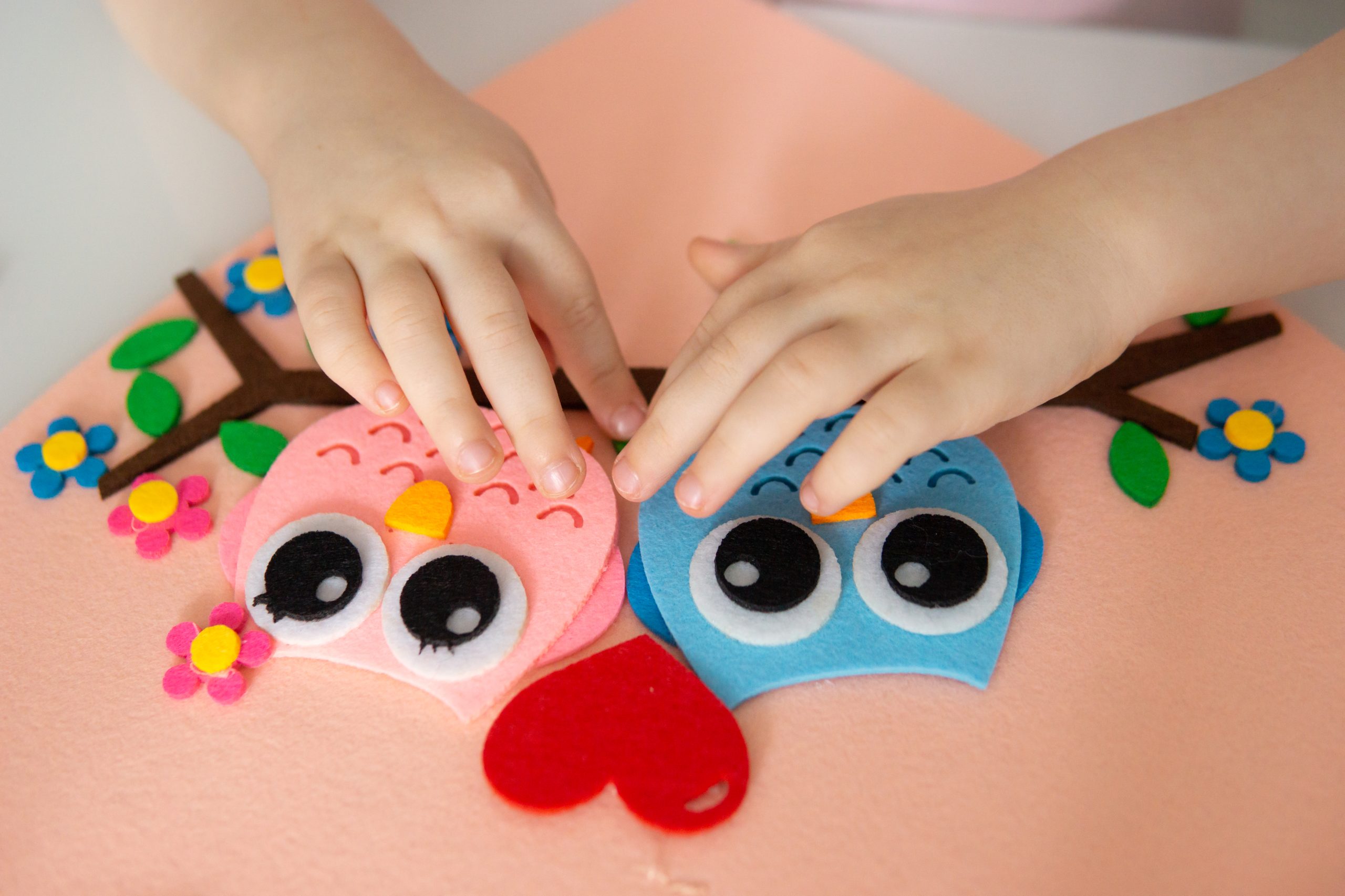10 Simple and Educational Crafts for Children’s Fun and Learning at Home
Crafting is one of the best ways to combine fun and learning during childhood. Through hands-on activities, children not only boost their creativity but also improve fine motor skills and concentration. In this article, we introduce 10 simple yet educational crafts to help parents create meaningful and joyful moments with their children at home.
Why Are Crafts Important for Children?
Child psychologists emphasize that artistic activities like crafting not only foster creativity but also support cognitive and emotional development. When a child works with paper, glue, or paint, they are problem-solving, making decisions, and even expressing emotions. Over time, these activities also build self-confidence.
A Real Story: “My Son Fell in Love with Learning Through Crafts”
Mrs. Ahmadi, the mother of an 8-year-old boy, shares:
“Whenever my son got tired of studying, we made crafts together. Later, I noticed he was learning math better because he had practiced cutting and measuring. Now he even suggests new craft ideas on his own.”
10 Simple and Educational Crafts
-
Paper Animals with Origami
Origami, the art of paper folding, strengthens patience and focus. With just a few folds, children can create cute animals. -
Paper Clock
Using cardboard and movable hands, make a simple clock. While playing, the child also learns to tell time. -
Mini Volcano Experiment
Combine baking soda and vinegar to create a small volcano. This is both a craft and a fun science experiment. -
Leaf Painting
Paint autumn leaves and stick them onto paper. This activity nurtures both creativity and a love for nature. -
Animal Masks
Use cardboard and paint to create animal masks. Role-playing helps boost both creativity and social skills. -
Homemade Piggy Bank
Turn a plastic bottle into a piggy bank. While making it, children also learn the value of saving. -
Handmade Notebook
With colorful paper and staples, create a personal notebook. Children can use it to draw or write stories. -
Cardboard Houses
Transform empty boxes into houses or castles. This sparks imagination and storytelling. -
Picture Vocabulary Cards
Create word cards with drawings in English or Persian. This makes language learning more fun. -
Simple Musical Instruments
Make a small guitar with a can and rubber bands. Music is a wonderful tool for developing the child’s mind.
Educational Insights: Linking Crafts and Learning
Each of these crafts goes beyond fun—they carry hidden educational value. A paper clock supports math learning, a piggy bank teaches financial skills, and leaf painting encourages environmental awareness. With a little creativity, parents can turn crafts into powerful learning tools.
Important Tips for Parents
-
Encourage your child to share their own ideas.
-
Choose simple and safe materials.
-
Avoid excessive interference; independence is key.
-
Focus on the process, not the result.
Frequently Asked Questions
Do crafts really impact learning?
Yes. Crafts strengthen memory, attention, and problem-solving skills.
What is the best age to start crafting?
From age 3 with simple activities, and more complex projects from elementary school onward.
What if my child isn’t interested in crafts?
Incorporate their favorite themes (like animals or cars) into the projects.
Which materials are safest?
Cardboard, paper, non-toxic glue, and safe paints are the best choices.
Crafts provide a perfect opportunity to connect creativity, learning, and joy at home. With just a little imagination and everyday materials, you can create hours of meaningful fun for your child.






